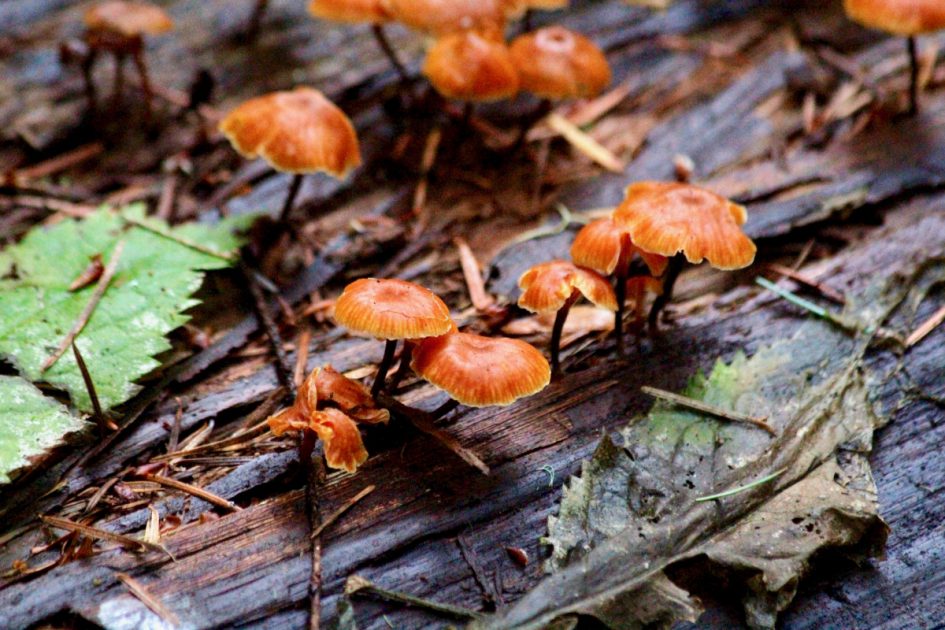Winter Tree and Shrub Identification for Western WA Puget Lowland Habitats
Register here: http://www.coastaltraining-wa.org/event-4060383
This 2-day virtual class will emphasize field character identification of the wetland species and associated upland buffer species found in the Puget lowland region of Washington (approximately 12 trees and 60 shrubs, including willows). The taxa examined will include common lowland, freshwater (and a few estuarine) species. Winter characteristics (buds, leaf scars, pith, and bark) will be covered. The class instruction will be oriented towards the needs of shoreline planners, delineators, OHWM determinations, and restoration.
The course will be a mix of lectures and hands-on learning. Zoom will be used to host the class. Additionally, samples we be mailed to the participants in advance so that the participants can follow-along while at home.
Participants will be expected to have a hand lens or simple dissecting microscope to examine the features on the samples. Slides of the characteristics will be displayed virtually with instruction on what to look at. A digital syllabus with drawings and pictures will be provided. (6 CM AICP Credits/CEP Points)
Tech check held on 2/4, 9am-9:30am, or 3pm-3:30pm.
Suggested texts: Cooke. 1997. A Field Guide to the Common Wetland Plants of Western Washington and Northwestern Oregon. Seattle Audubon. Available through University Books Store, Audubon Books Store and Amazon.com.
Not required but recommended. Gilkey, Halen. Winter Twigs. revised Edition: A Wintertime Key to Deciduous Trees and Shrubs of Northwest Oregon and Western Washington.
Instructor: Dr. Sarah Cooke specializes in wetland creation, restoration and enhancement projects, both in design and implementation. She excels in permitting assistance on the local, state, and national level. She has conducted scientific research on wetland ecosystems for the Puget Sound Wetland and Stormwater Management Manual. Her expertise includes restoration designs, wetland inventories, wetland delineation, OHWM studies, baseline studies, impact assessments, monitoring programs, rare plant surveys, soil surveys, vegetation mapping, and watershed analysis in the region.

